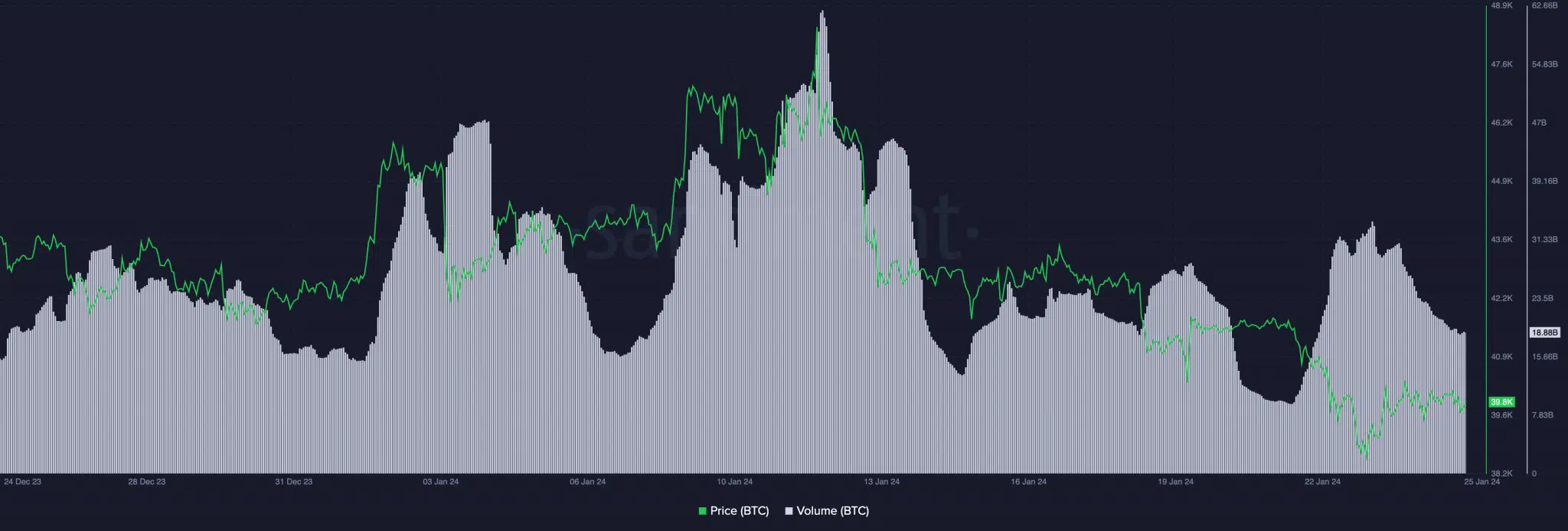Bitcoin‘s (BTC) price stayed at the $40,000 level for an extended period after a correction. The prolonged stagnation led to predictions of a potential decline in BTC’s value. In the short term, miners could contribute to Bitcoin’s correction.
Miners Flock to Exchanges
As the anticipated Bitcoin halving approaches, a shift has been observed in the Bitcoin mining sector. Recent data may indicate a significant decrease in miners’ Bitcoin reserves and an increase in BTC transfers to exchanges. The flow from miners to exchanges was three times that of exchanges to miners, signaling serious sell-off pressure within the mining community.
Generally, miners take advantage of the profits obtained before the halving to cover operational expenses and facilitate future investments. As competition in Bitcoin mining increases with each halving, and as miners’ income decreases unless the Bitcoin price increases proportionally with the halving of block rewards, this strategy becomes increasingly important.

Factors Contributing to BTC’s Decline
To stay competitive, miners need to invest in advanced, more efficient mining equipment and technologies. Liquidating a portion of Bitcoin reserves provides the necessary capital for these strategic investments. The increasing sell-off pressure by miners could affect the token’s short-term price, making this trend significant for investors and market analysts to monitor. Additionally, the number of BTC holders has decreased in recent days. These factors could play a significant role in BTC’s future price decline. Besides miners’ behaviors, institutional actions can also affect BTC’s price.
According to recent data, Grayscale’s BTC spot ETF GBTC had a net outflow of $394 million on January 25th, with a single-day trading volume of $502 million. Net outflows slowed slightly over three trading days, and at the time of writing, Grayscale’s ETF had cumulative net outflows of $4.079 billion. At the time of writing, the company’s net assets were still valued at $20.028 billion.

 Türkçe
Türkçe Español
Español









